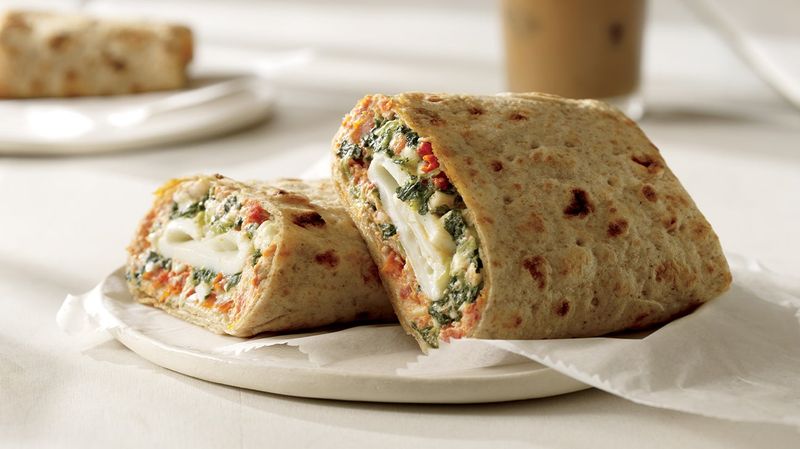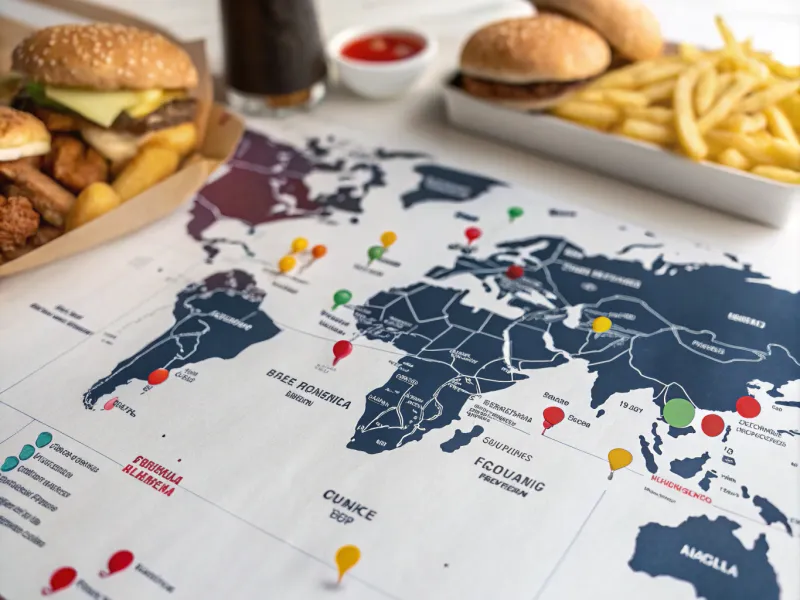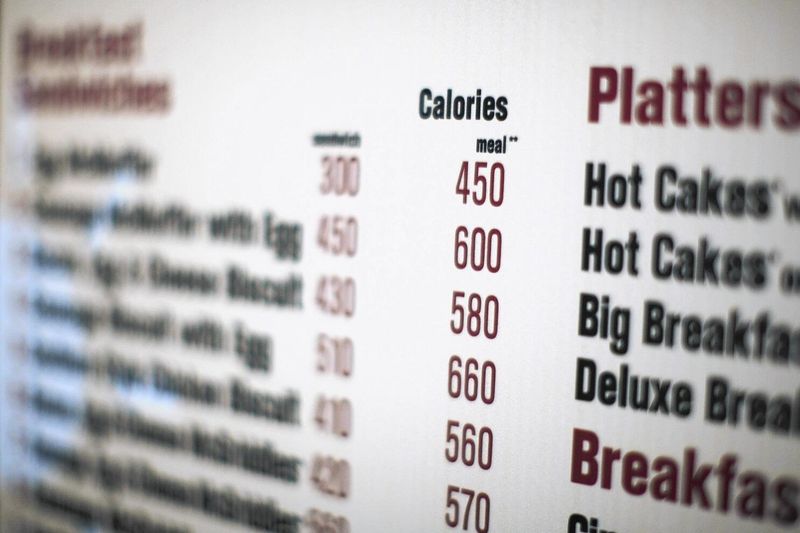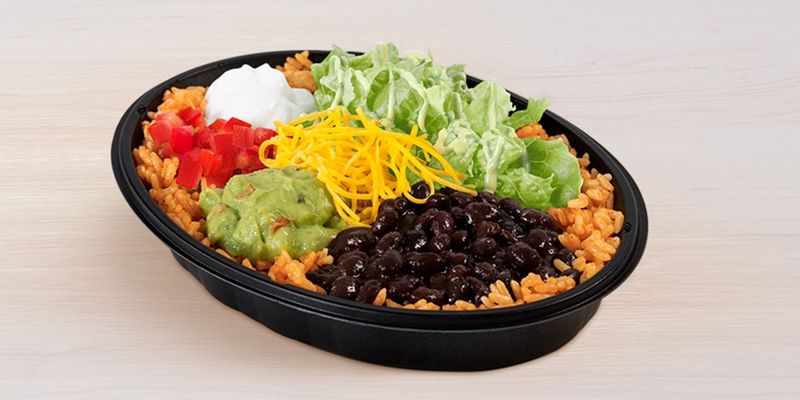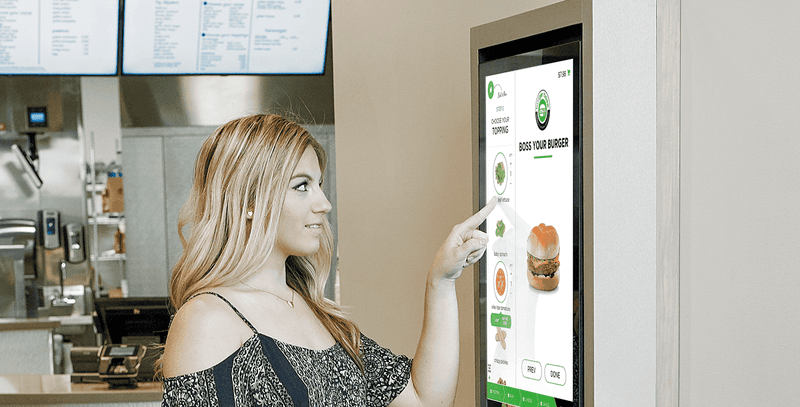Fast food has undergone significant transformations since the 1980s. From the way we order and consume our meals to the menu options available, the fast food industry reflects broader societal changes. This blog post explores 12 key ways fast food has evolved, showcasing shifts in consumer preferences, technological advancements, and health trends.
Healthier Menu Options
Fast food menus now offer a variety of healthier options. From crisp salads to fresh fruit bowls, customers have more nutritious choices than ever. This shift reflects growing health consciousness among consumers.
In the 1980s, fast food was often associated with greasy burgers and calorie-laden fries. Today, chains emphasize balanced meals and transparency in nutritional content.
Such changes cater to a health-aware audience seeking lighter meals without sacrificing convenience. This trend not only appeals to health enthusiasts but also caters to dietary restrictions, making fast food accessible to a broader demographic.
Digital Ordering and Delivery
Technology has revolutionized the way we order food. Digital platforms now allow customers to order meals with a few taps on their smartphones. This modern convenience contrasts sharply with the in-person ordering of the past.
Fast food chains have embraced apps and online services, offering home delivery and curbside pickup. This shift reflects a demand for speed and convenience.
Moreover, digital loyalty programs and personalized offers enhance customer engagement. Through technology, fast food not only meets modern lifestyle demands but also provides a seamless and efficient dining experience.
Sustainable Packaging
The environmental impact of packaging has become a focal point for fast food companies. In the 80s, disposable plastics were the norm. Today, the focus has shifted to sustainability and eco-friendly materials.
Brands are adopting biodegradable wrappers and recyclable containers to reduce waste. This change is driven by both consumer demand and environmental regulations.
Efforts to minimize the carbon footprint are now part of the corporate ethos. By investing in greener alternatives, fast food chains appeal to environmentally conscious customers and contribute to global sustainability goals.
Expanded Global Influence
Fast food’s global reach has expanded dramatically. In the 1980s, American fast food brands were starting to explore international markets. Today, they are ubiquitous worldwide.
This expansion reflects globalization and the universal appeal of fast food. Chains adapt menus to local tastes while maintaining their core offerings.
Such strategies have enabled brands to thrive in diverse cultural landscapes. The global presence of fast food not only fosters cross-cultural exchanges but also highlights regional adaptations and innovations within the industry.
Focus on Plant-Based Alternatives
Plant-based diets are reshaping fast food menus. Once dominated by beef and chicken, today’s offerings include vegetarian and vegan alternatives.
This change is driven by increasing awareness of environmental and health benefits associated with plant-based eating. Fast food chains now serve plant-based burgers, nuggets, and even desserts.
These options cater to vegans, vegetarians, and flexitarians, expanding the customer base. By embracing plant-based alternatives, fast food not only responds to consumer trends but also contributes to a more sustainable food system.
Customizable Meal Options
Customization has become a hallmark of modern fast food. Unlike the fixed menus of the past, today’s consumers expect to personalize their meals.
Fast food chains now offer a plethora of options to modify orders. Customers can choose from a variety of toppings, sauces, and sides to suit their tastes.
This trend reflects a broader shift towards individualism and personalization in dining. By allowing customers to tailor their meals, fast food meets diverse preferences and enhances the dining experience.
Improved Nutritional Transparency
Consumers today demand to know what’s in their food. Nutritional transparency is now a key aspect of fast food menus.
In contrast to the secretive practices of the past, chains now display calorie counts and ingredient lists prominently. This shift is driven by health-conscious consumers seeking informed choices.
By providing clear nutritional information, fast food restaurants foster trust and meet regulatory requirements. This transparency empowers customers to make healthier decisions, aligning with modern dietary trends.
Cultural and Culinary Fusion
Fusion cuisine is redefining fast food. Blending flavors from different cultures, modern fast food offers exciting culinary experiences.
Unlike the standardized menus of the 80s, today’s offerings are diverse and innovative. Chains experiment with international flavors, introducing items like sushi burritos and kimchi burgers.
This trend caters to adventurous eaters and reflects broader cultural exchanges. By embracing fusion, fast food remains dynamic and appeals to a globalized audience seeking novel taste experiences.
Emphasis on Fresh Ingredients
Freshness is a priority in today’s fast food industry. Unlike the pre-packaged, processed focus of the 80s, modern chains emphasize fresh ingredients.
This trend is driven by consumer demand for quality and authenticity. Fast food kitchens now showcase fresh vegetables and artisanal breads.
By prioritizing freshness, brands enhance flavor and nutrition. This shift not only appeals to health-conscious customers but also aligns with broader trends towards natural and organic foods.
Integration of Technology in Kitchens
Technology is transforming fast food kitchens. Unlike the manual operations of the 80s, today’s kitchens are equipped with advanced technology.
Automation and digital tools streamline cooking processes, enhancing efficiency and consistency. Fast food chains use technology to monitor quality and optimize preparation times.
This integration reflects a broader trend towards tech-driven innovation in the culinary world. By leveraging technology, fast food remains competitive and meets modern demands for speed and quality.
Rise of Fast Casual Dining
Fast casual dining bridges the gap between fast food and upscale dining. Emerging in the 2000s, it offers quality meals with quick service.
Unlike traditional fast food, fast casual emphasizes premium ingredients and a relaxed atmosphere. Customers enjoy gourmet burgers, craft sodas, and artisanal salads.
This trend reflects changing consumer preferences for quality and experience. By offering a middle ground, fast casual restaurants appeal to diners seeking convenience without compromising on taste or ambiance.
Increased Focus on Food Safety
Food safety has become paramount in the fast food industry. Unlike the lax standards of the past, today’s chains prioritize hygiene and safety protocols.
This shift is driven by consumer awareness and regulatory requirements. Fast food kitchens now implement rigorous safety checks and staff training.
By focusing on food safety, brands protect consumers and enhance their reputation. This evolution not only meets legal standards but also builds trust with customers, ensuring a safe dining experience.

